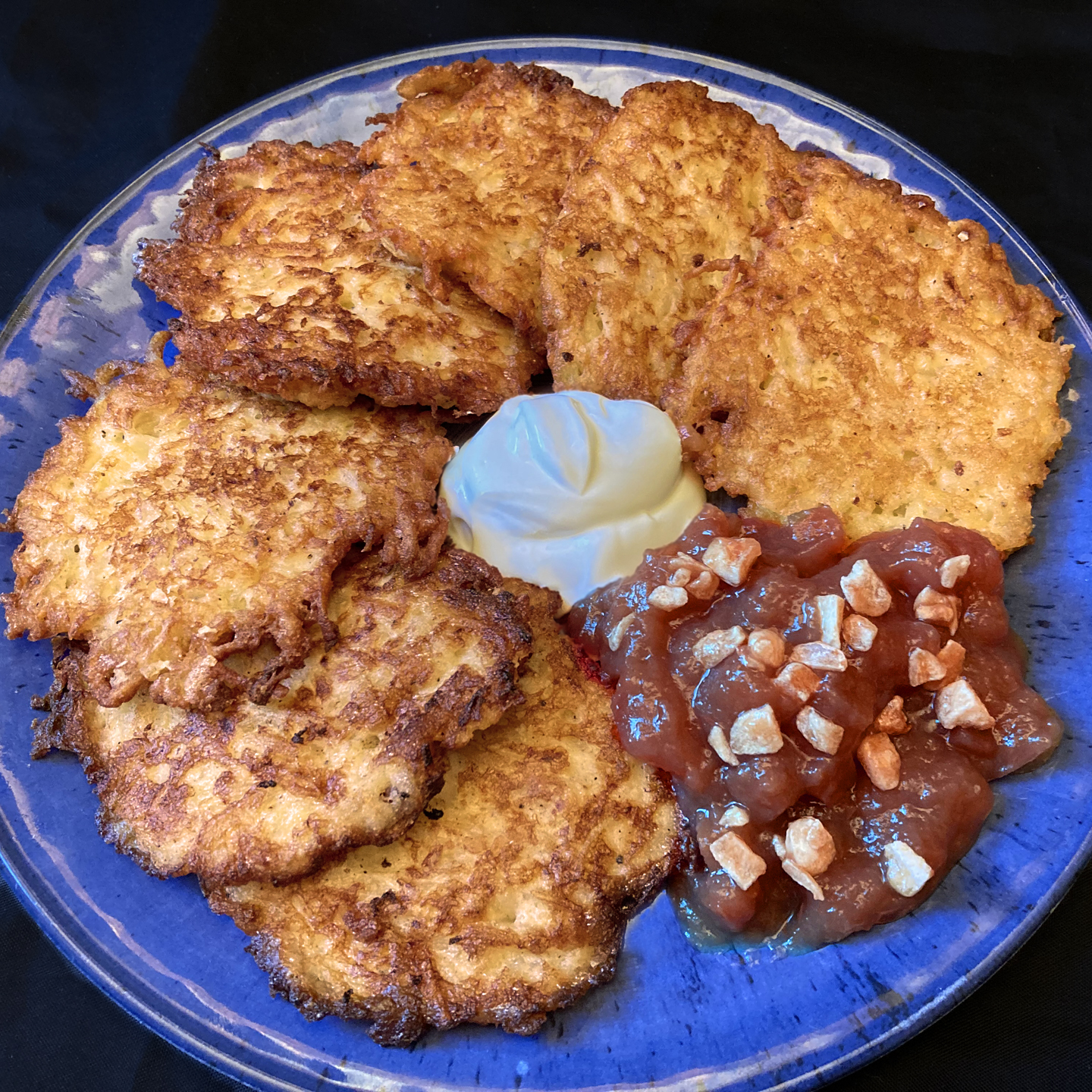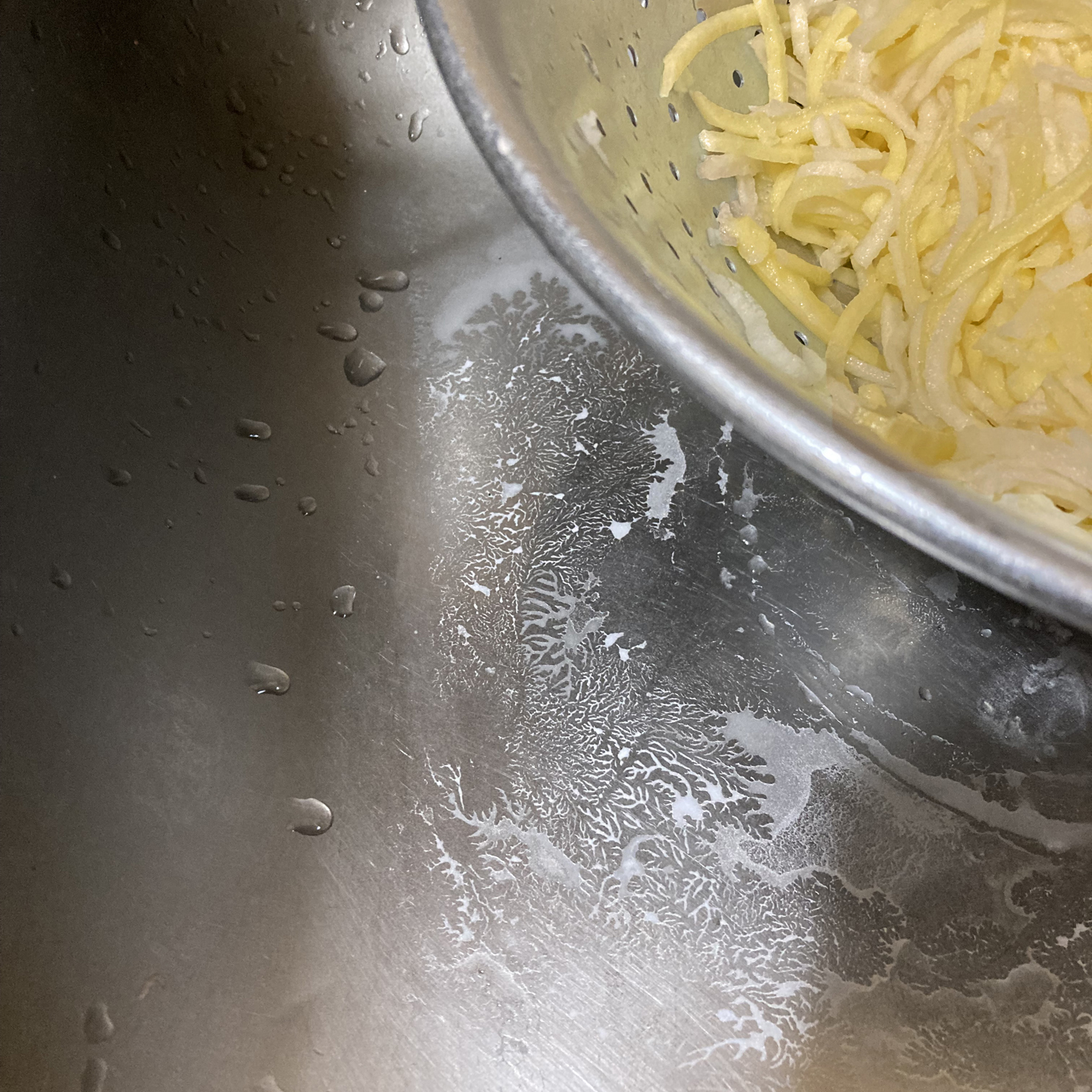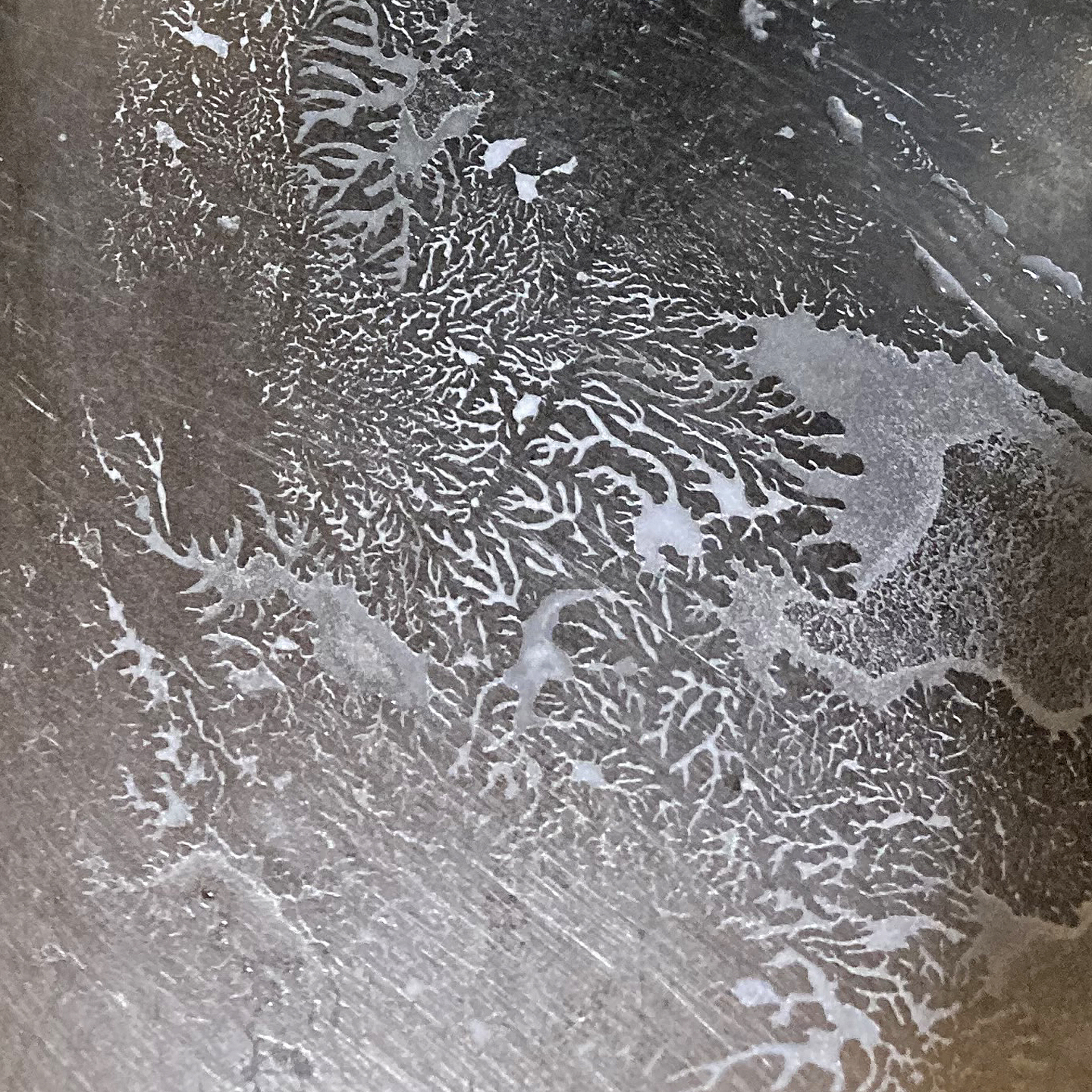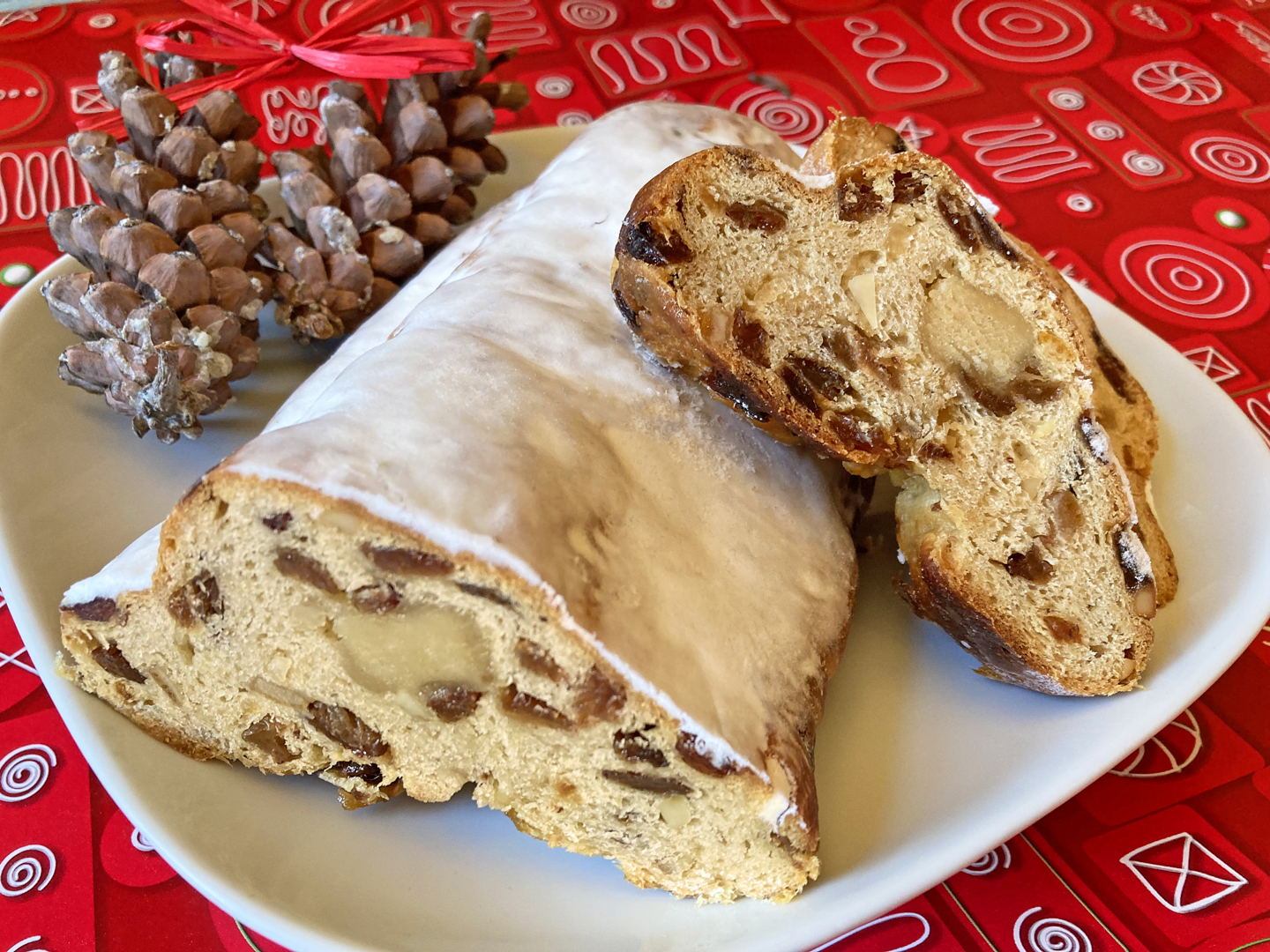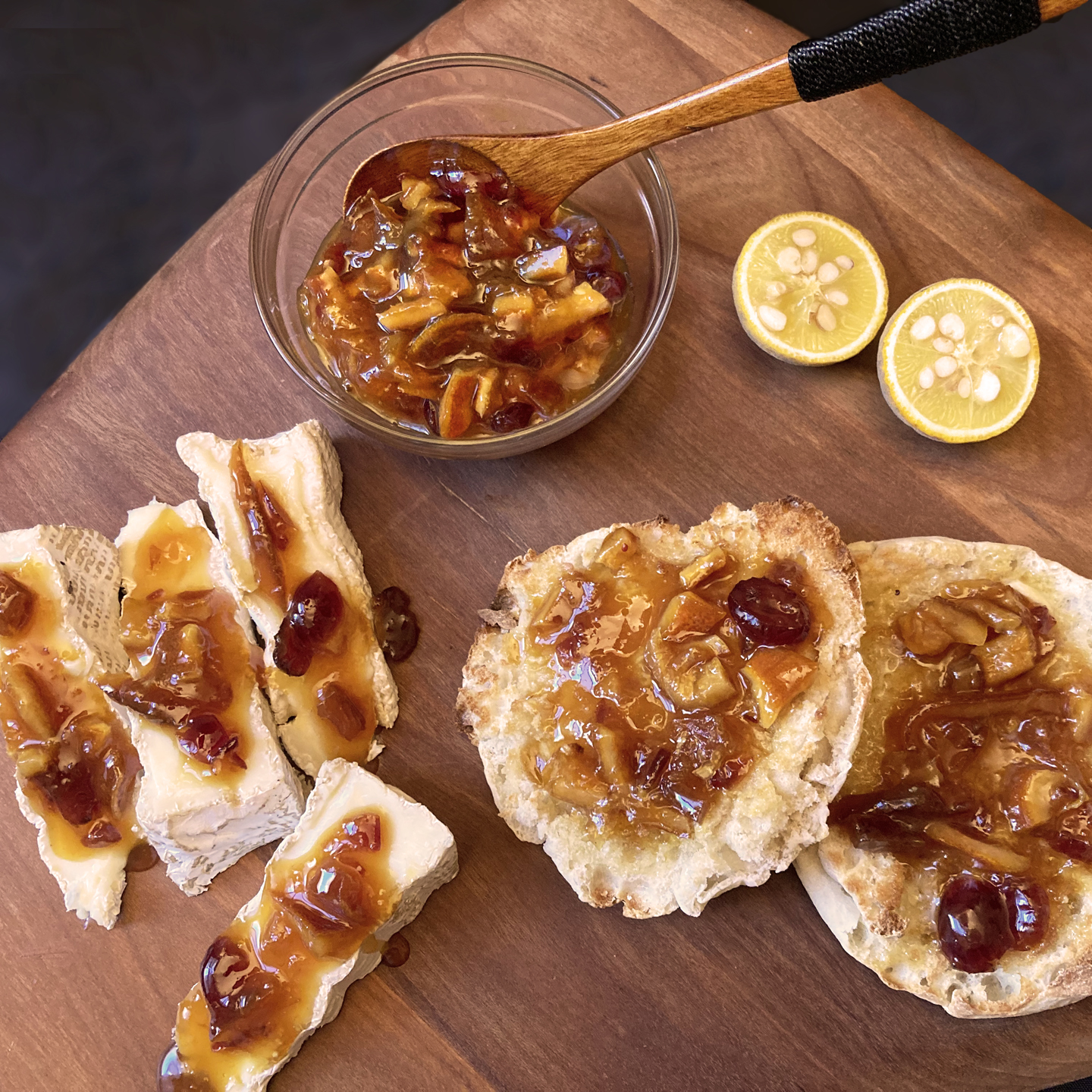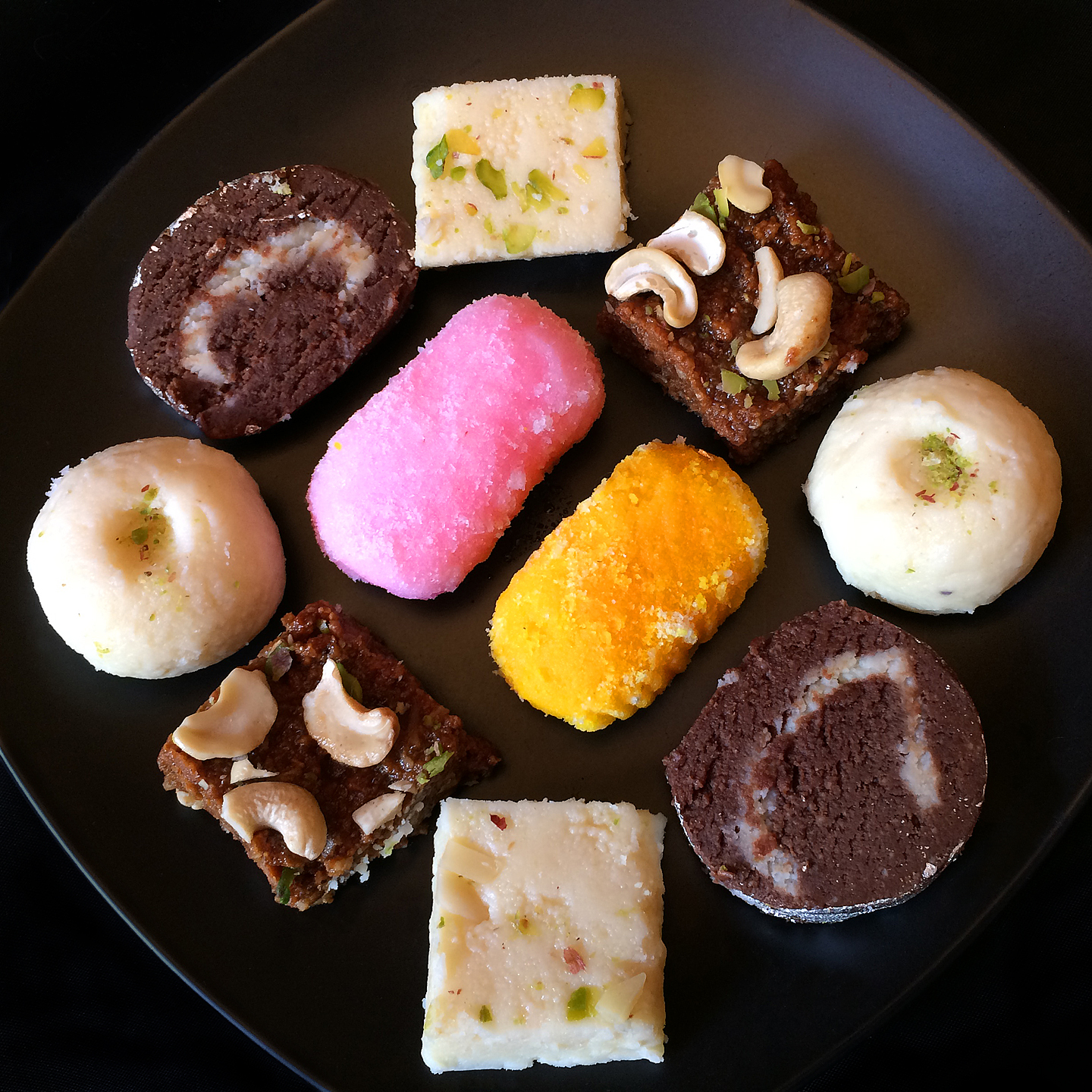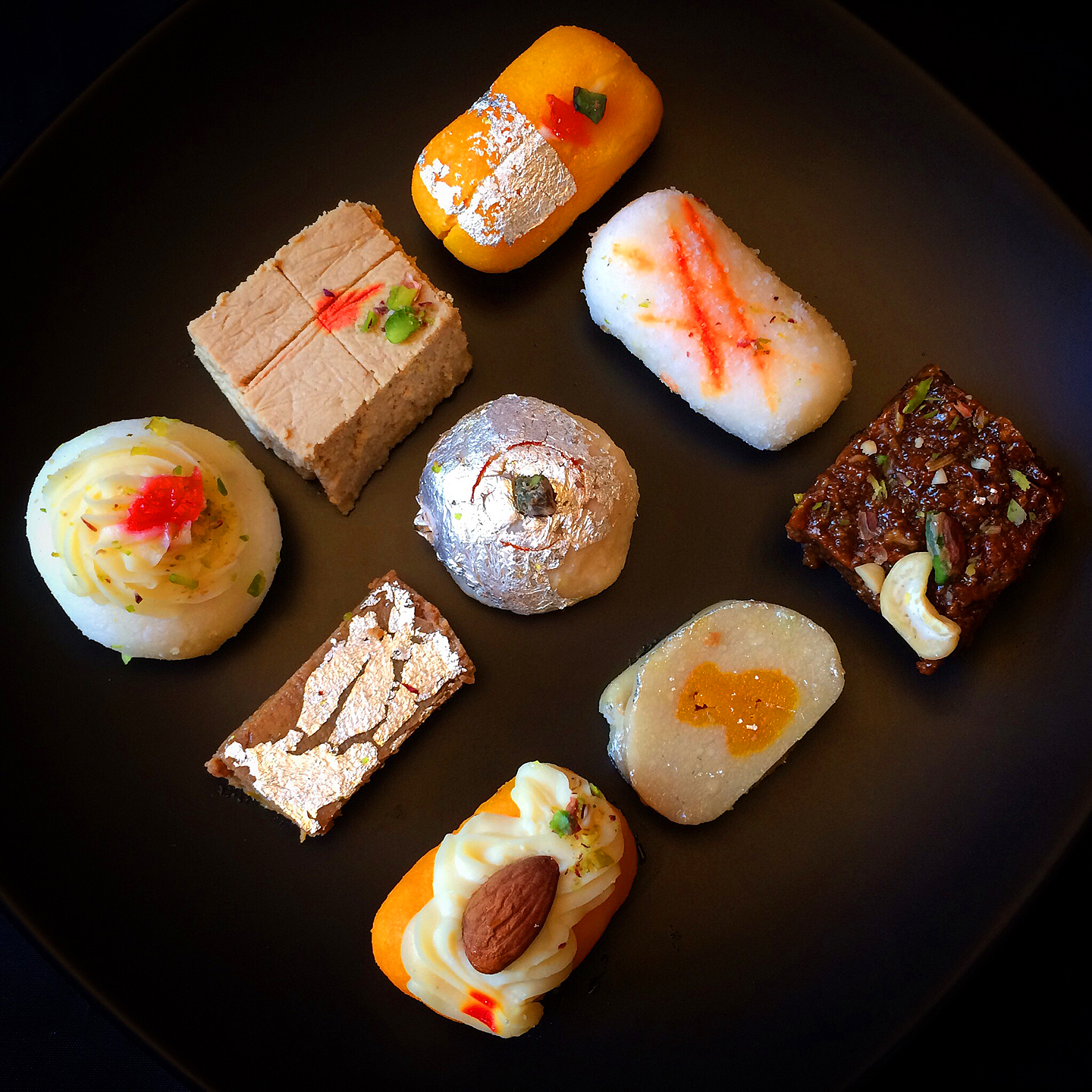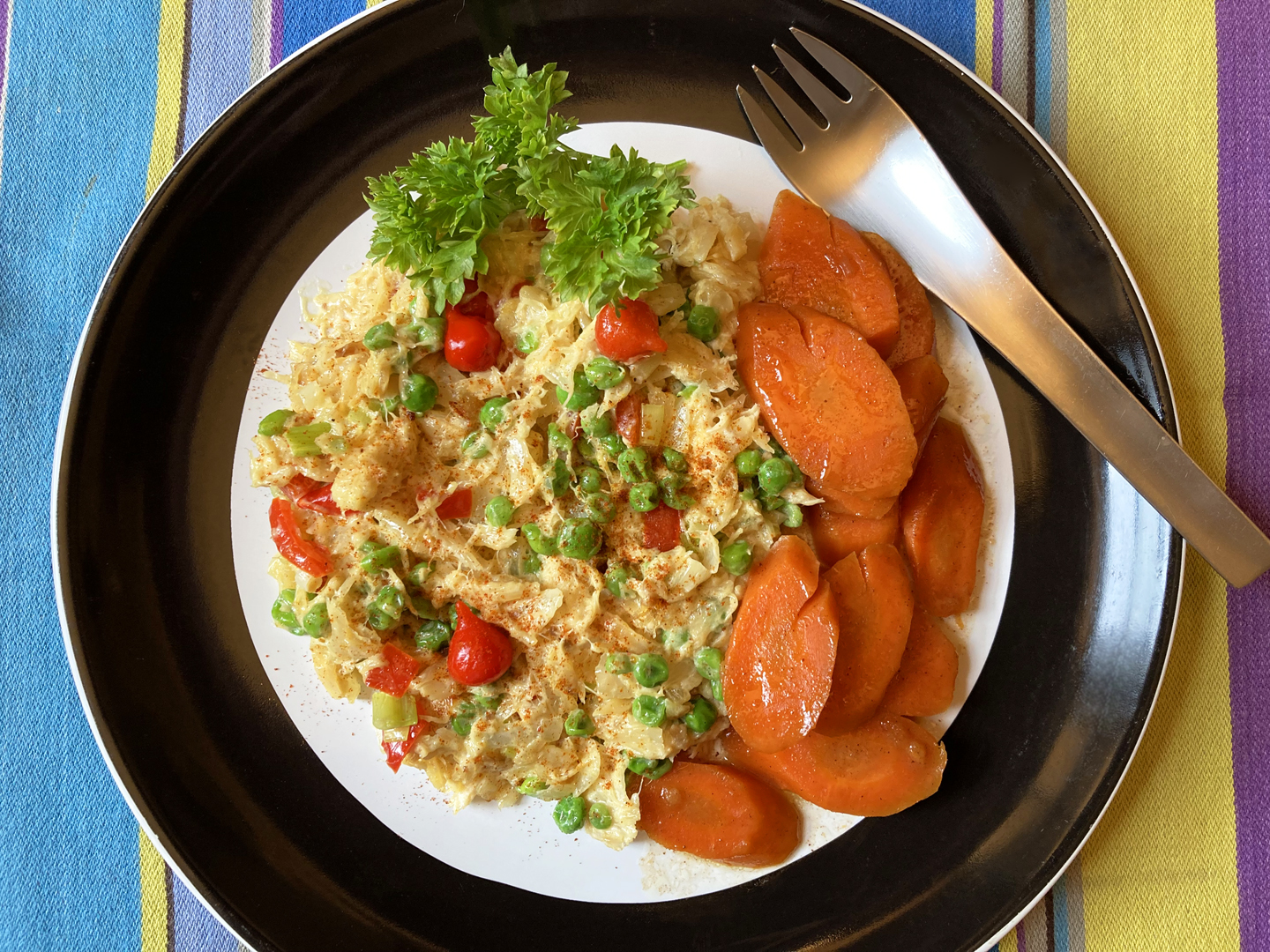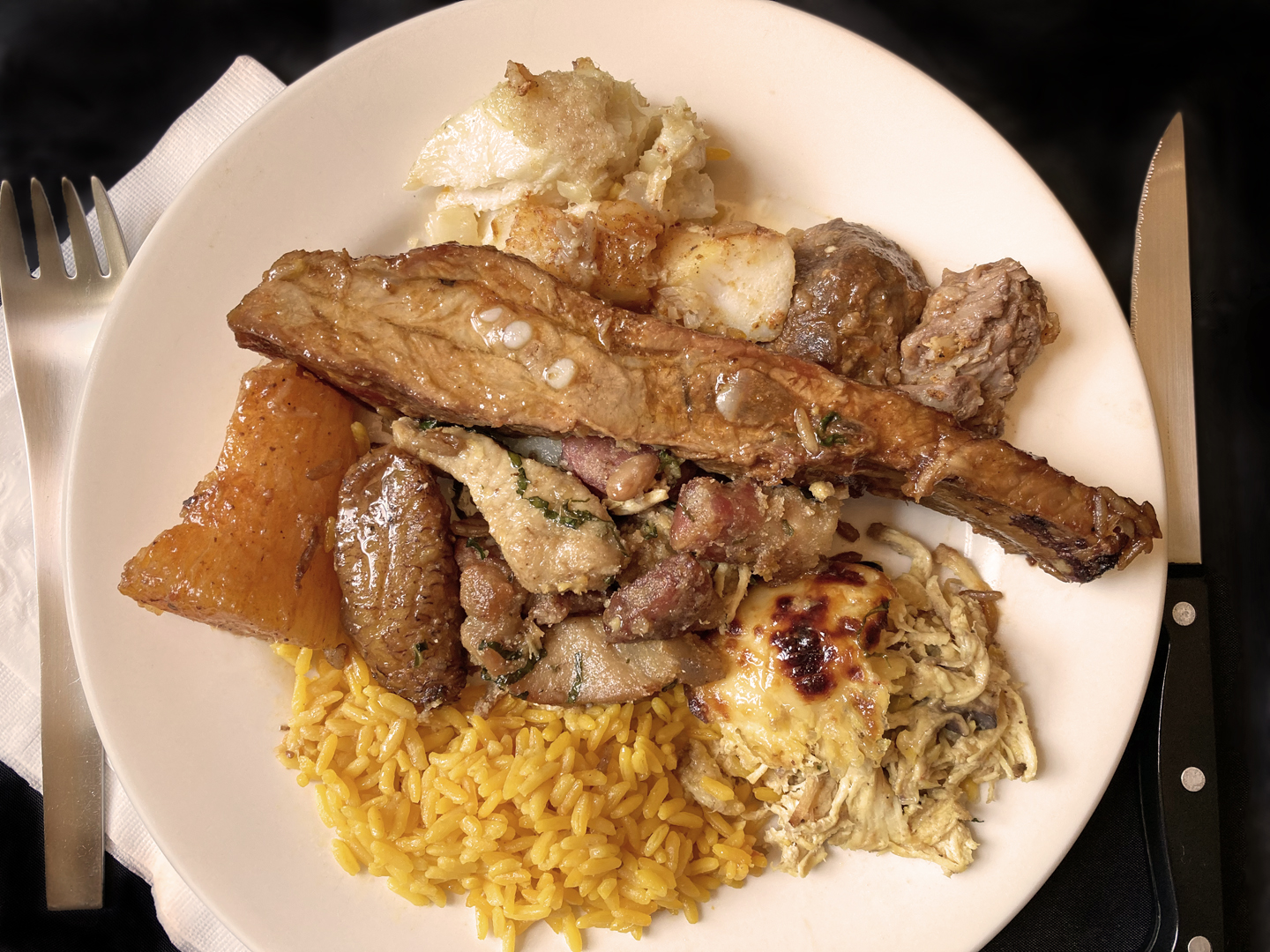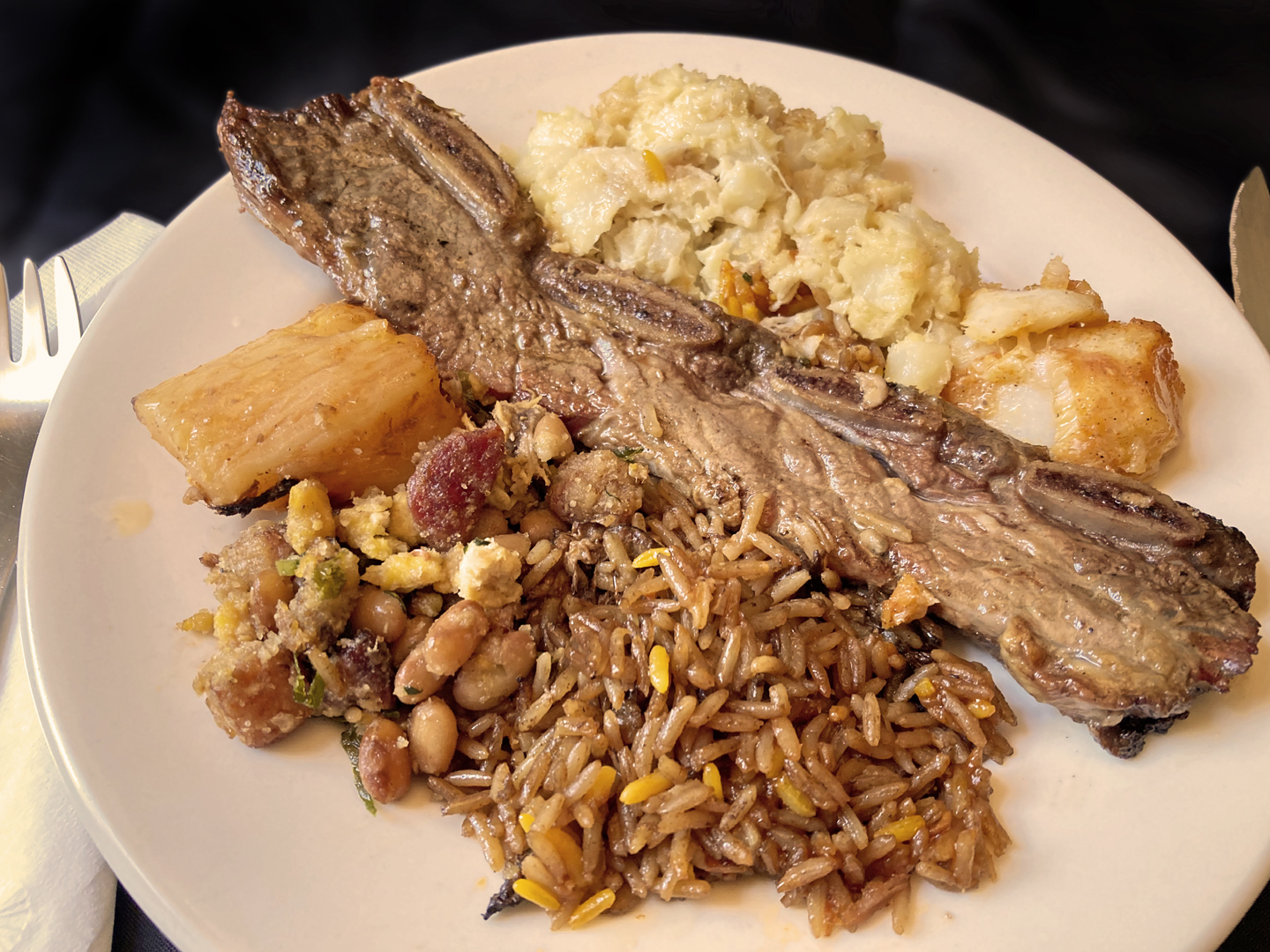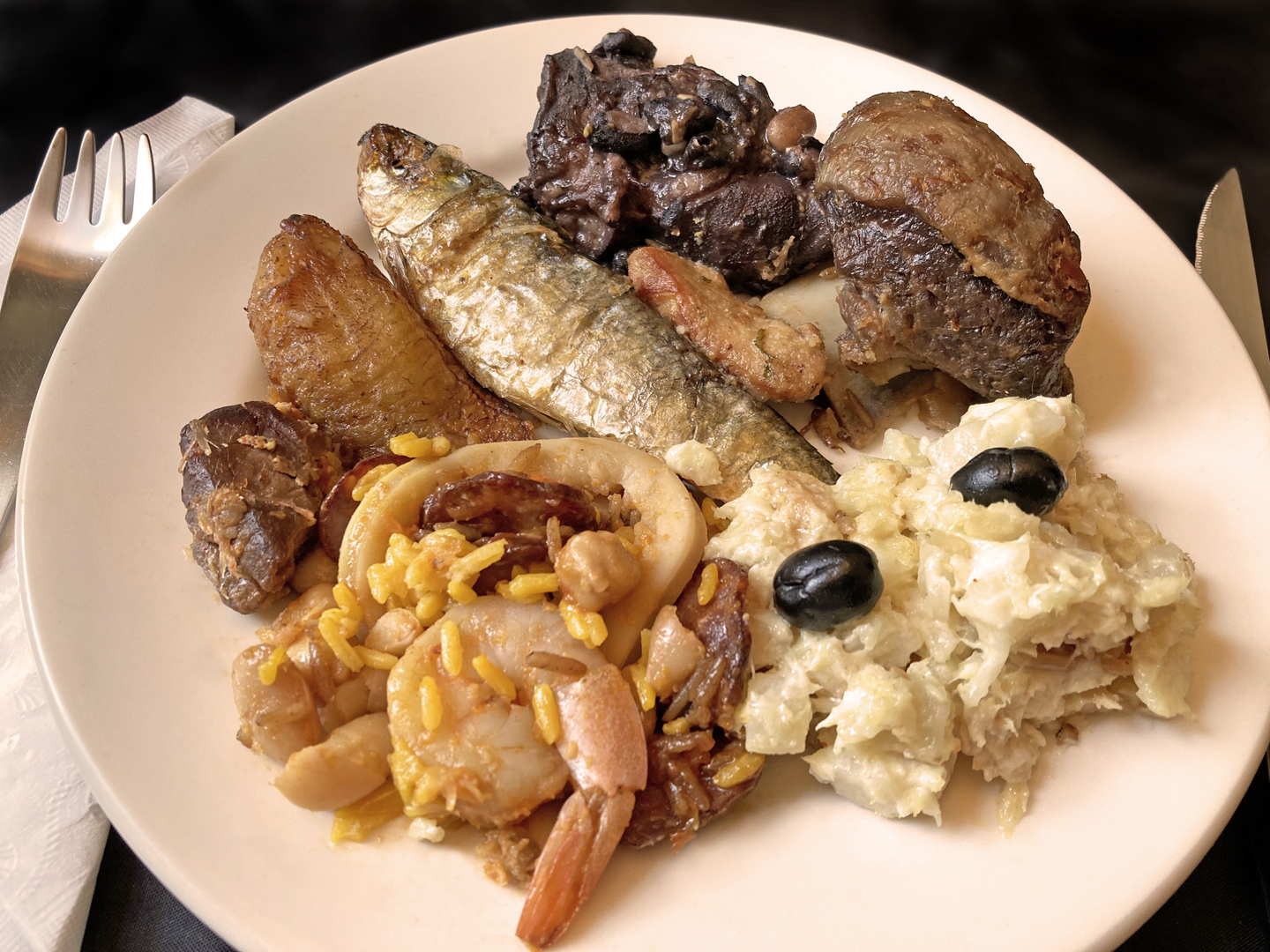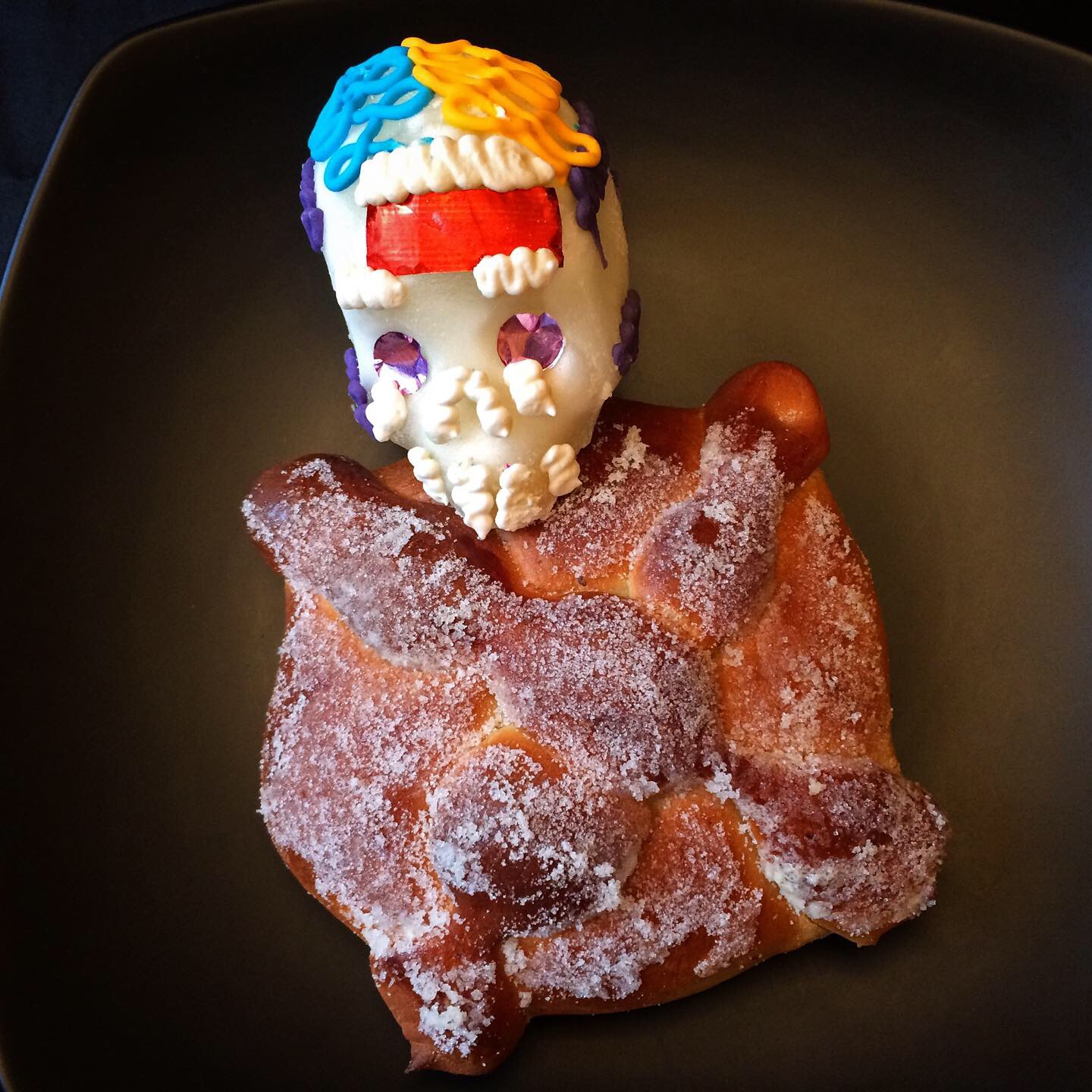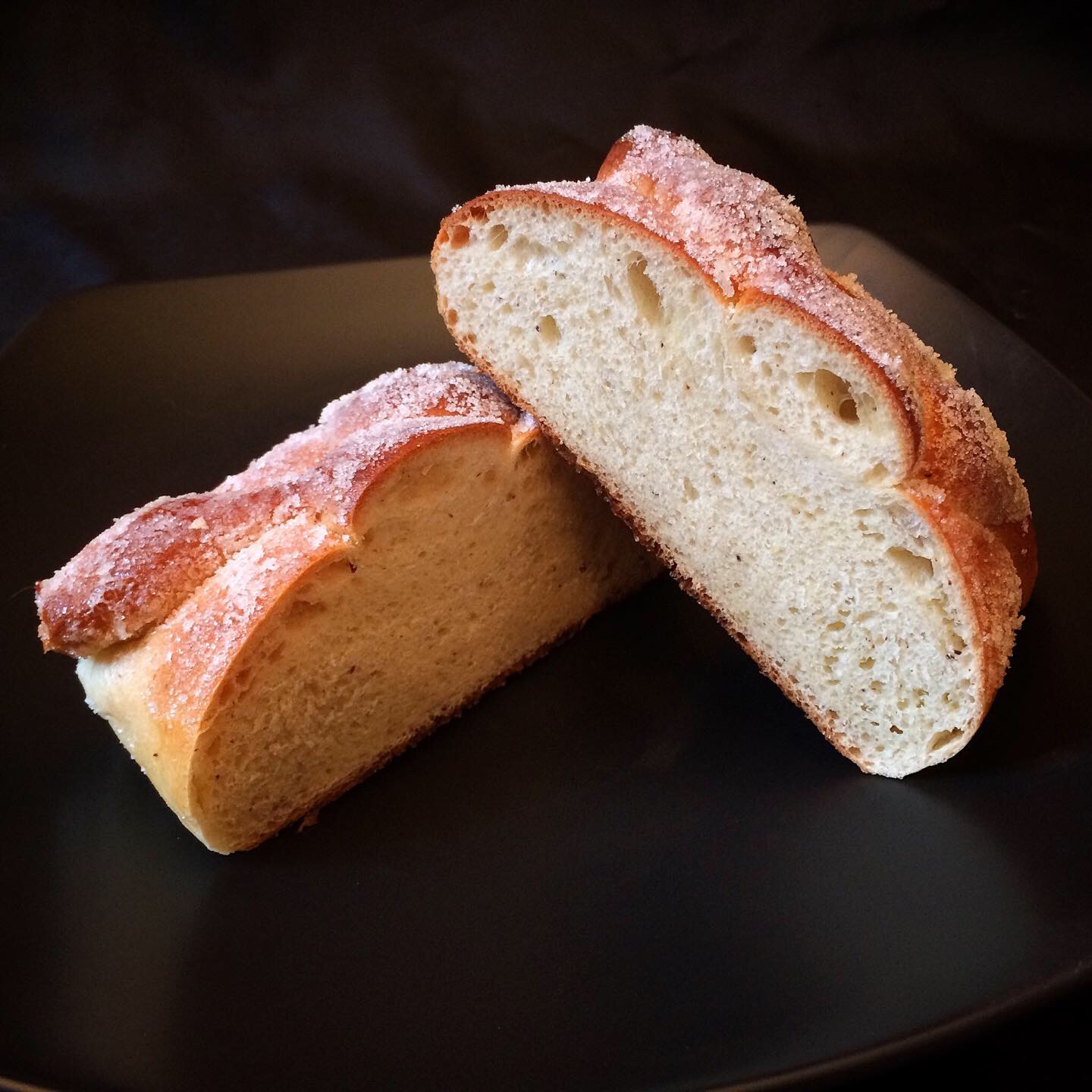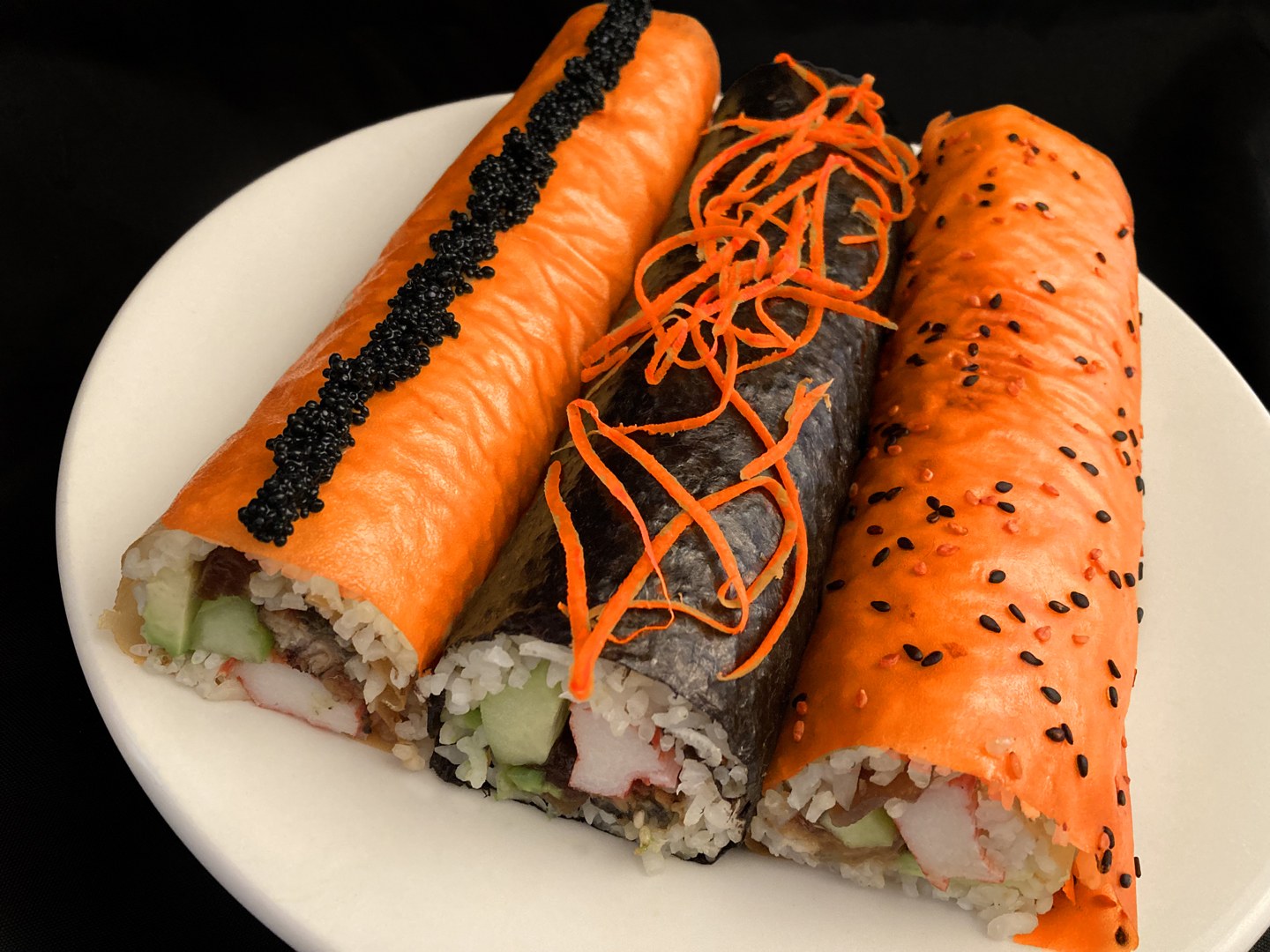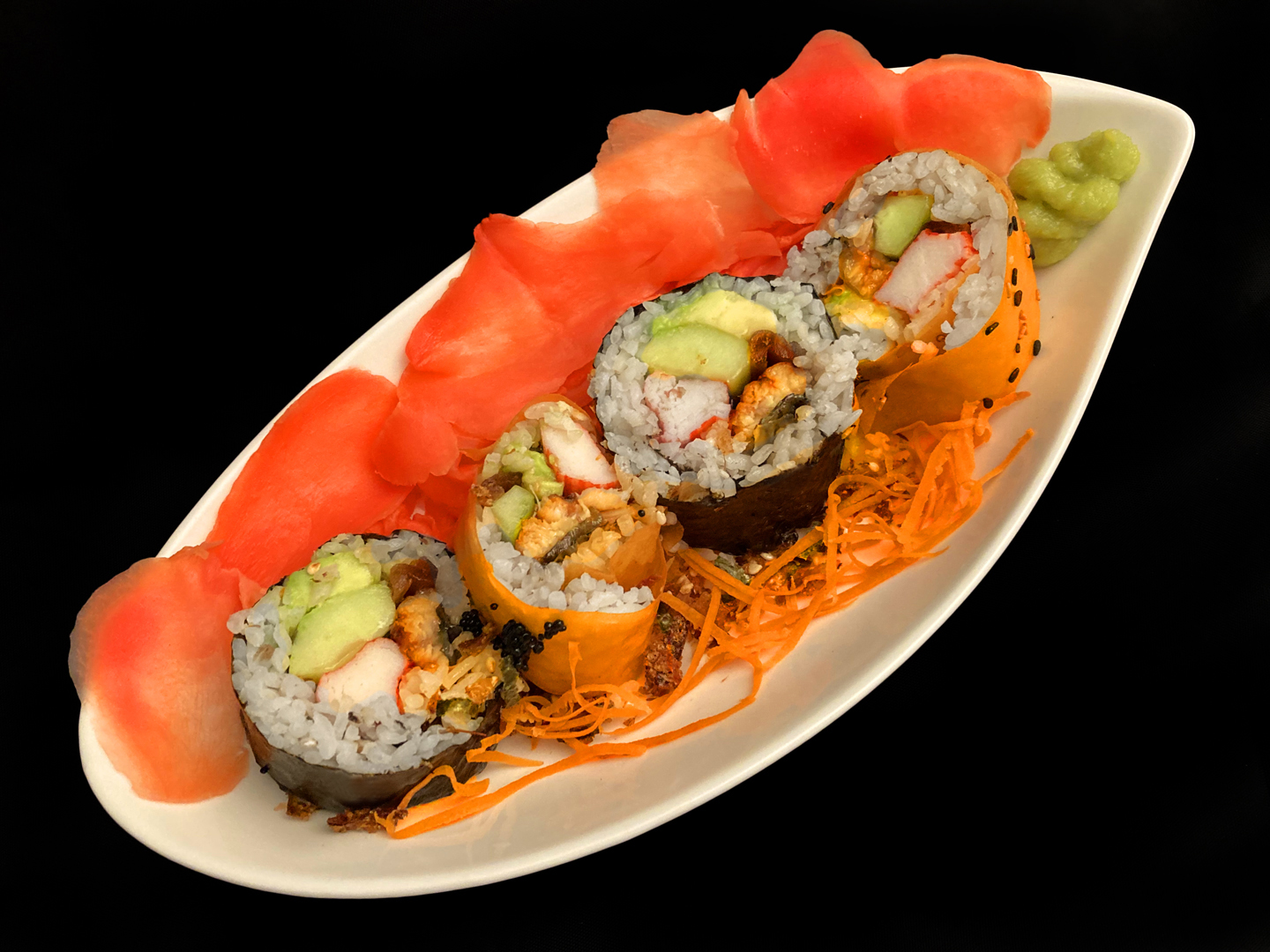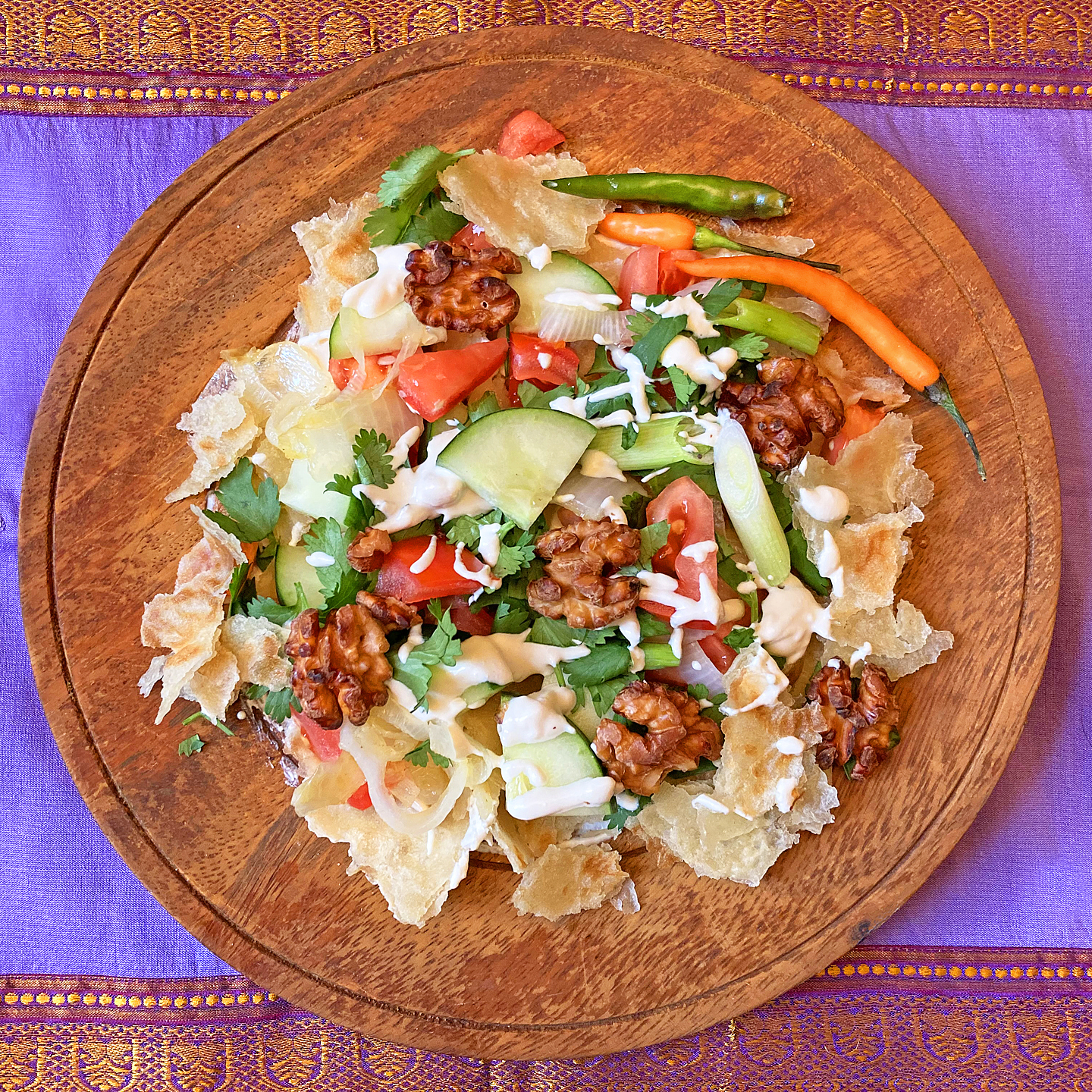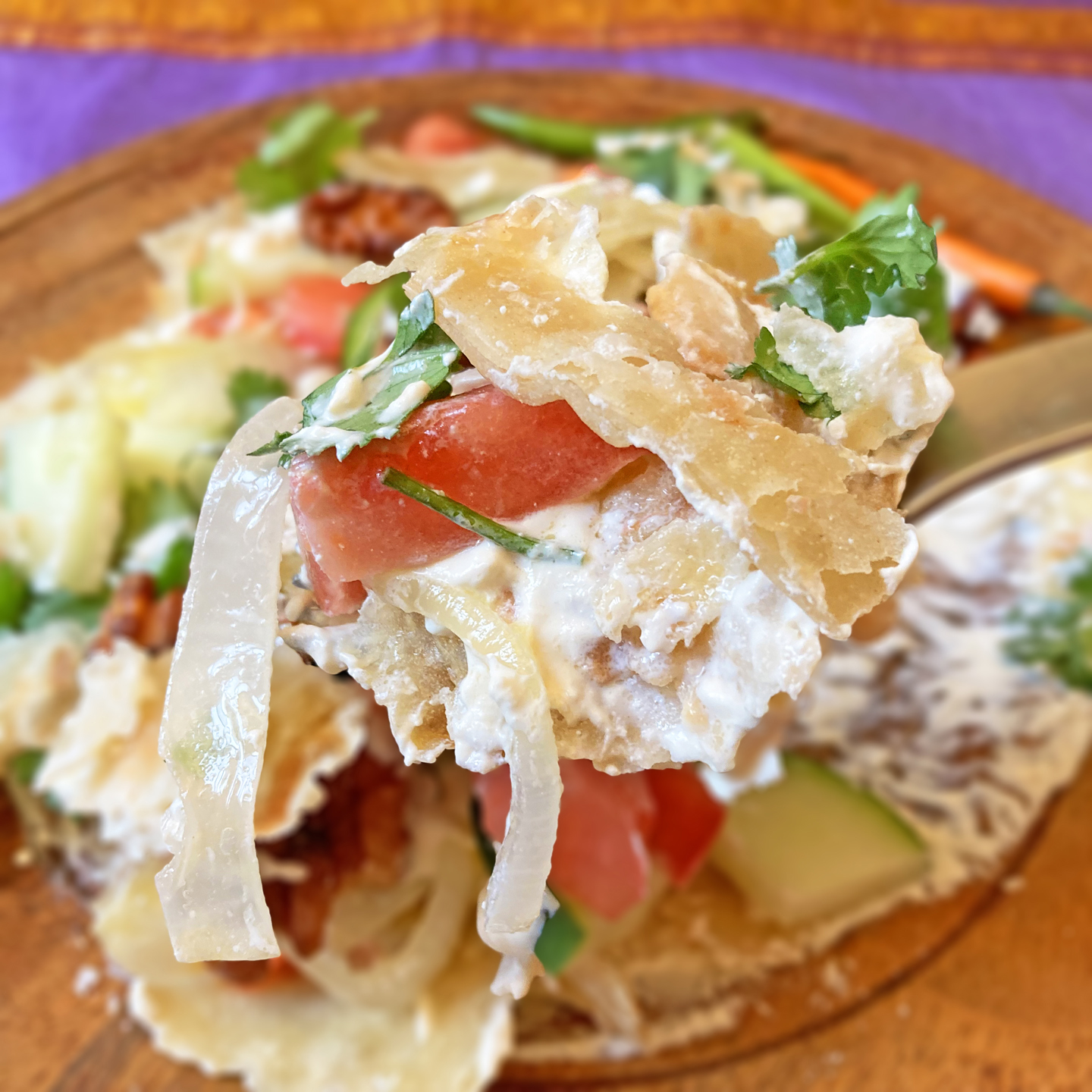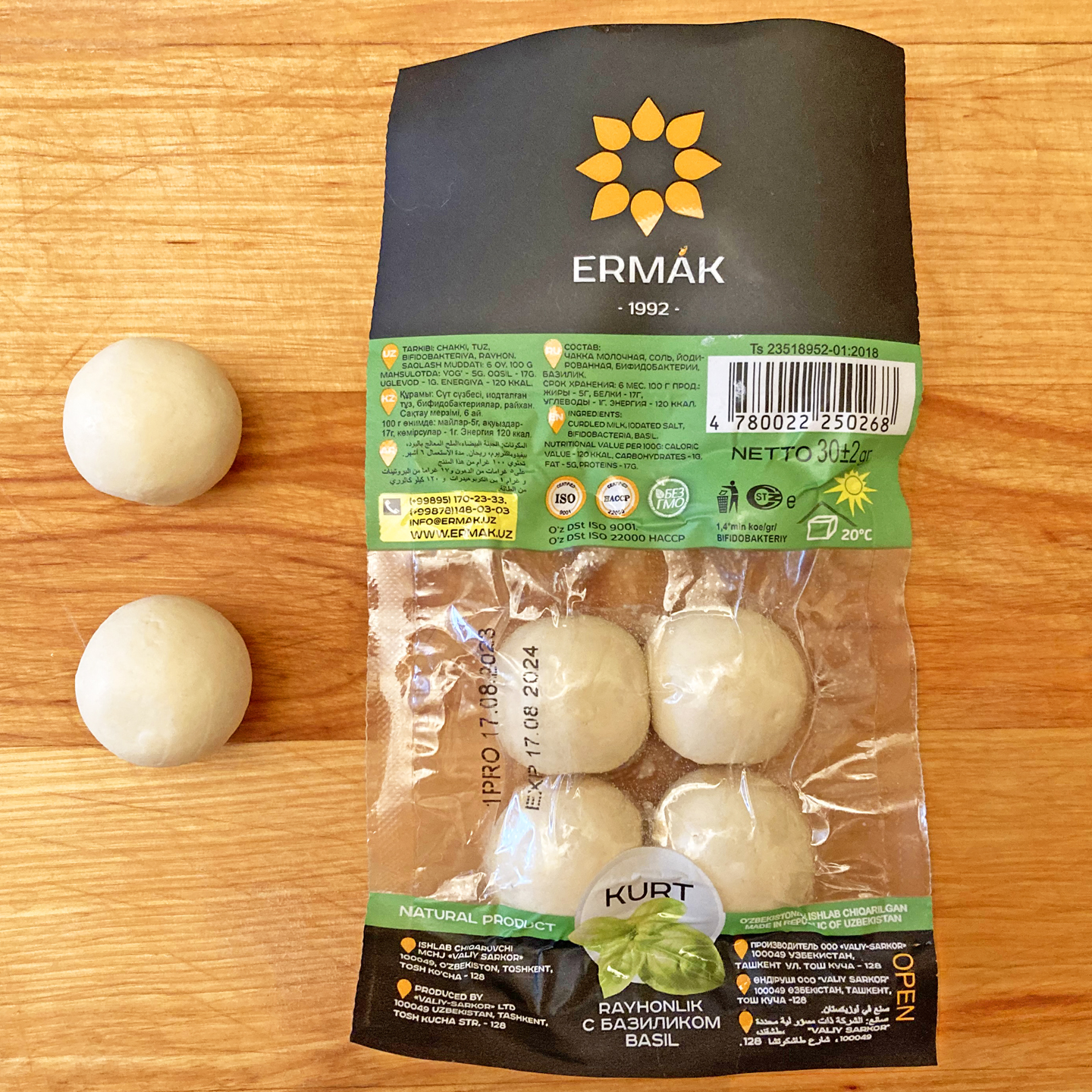(Click on any image to view it in high resolution.)
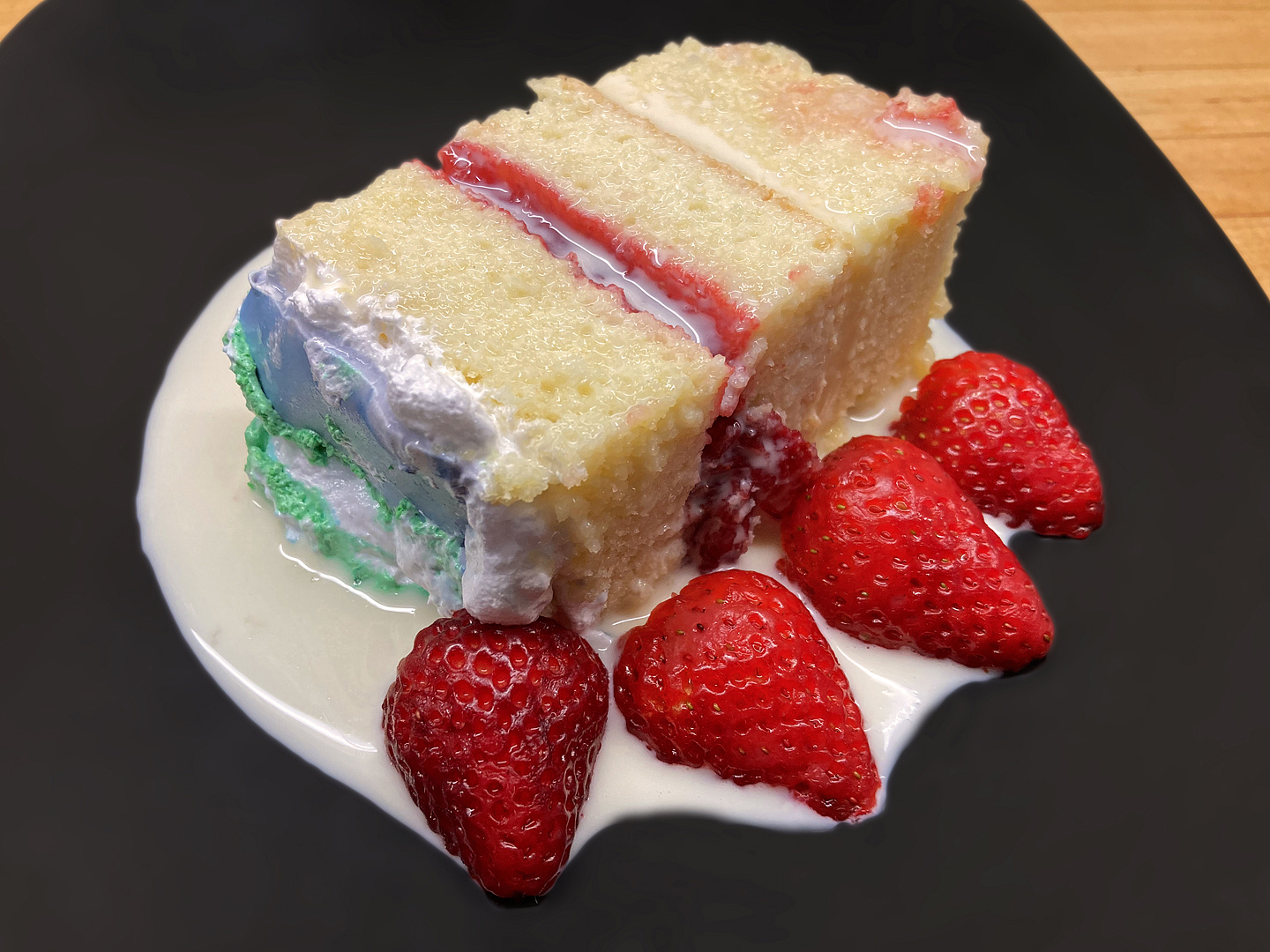
There’s a delightful couple who live in my building whom I’m privileged to regard as especially close friends. Their toddler recently celebrated his second birthday and they graciously saved a piece of cake for me. Since we are all hardcore foodies, we often pass goodies along to each other.
Now, if you read me, you know that I’m a fan of neologisms; I’ve even created a few such as: to “doorknob” (verb) – the act of hanging a bag containing a tasty treat on the recipient’s doorknob to be retrieved upon their arriving home (or waking up). Example: “I just doorknobbed you some homemade chocolate chip cookies.”
This action is often accompanied by a text message containing relevant details. In this case, my friend wrote, “Just doorknobbed you a piece of birthday cake. The bakery called it Tres Leches Cake; it really wasn’t very wet, but that’s what they called it.”
The cake and its icing, custard and strawberry fillings were wonderful, but there was not uno drop of leche to be found, let alone tres of them.
Fortunately, I had a little sweetened condensed milk and heavy cream left over from baking Thanksgiving pumpkin pies but no evaporated milk to complete the trio. I did, however, have eggnog in the fridge and since I’ve raised lily-gilding to an art form, I decided to go for it. I added a few fresh strawberries and the result is what you see here.
Another win for Team Eggnog! See why we need to have it year-round?

